Abstract Using data from fifty U.S. states between 2012 and 2020, the impacts of three types of state level policies on electric vehicles (EV) adoption are examined: 1) policies that mitigate the environmental impacts from energy production, 2) policies that…
Tag: Nuclear Energy
Virginia Tech researcher’s breakthrough discovery uses engineered surfaces to shed heat
Splash a few drops of water on a hot pan and if the pan is hot enough, the water will sizzle and the droplets of water seem to roll and float, hovering above the surface.
TETI 2.0: Understanding nuclear fuel behavior at the atomic level
Researchers are getting a closer look at the behavior of nuclear fuel at the atomic level with the Center for Thermal Energy Transport under Irradiation (TETI) 2.0 technology.
A FORCE to be reckoned with: Computer modeling for optimal energy partnerships
Integrating nuclear power into broader energy systems, including renewable energy sources and heat-intensive industries, could improve flexibility and unlock revenue streams for nuclear power producers.
DOE Announces $72 Million For Small Business Research and Development Grants
The U.S. Department of Energy (DOE) today announced $72 million in funding for small businesses to pursue scientific, clean energy, and climate research, development, and demonstration projects. The funding will support 296 projects across 44 states and addresses multiple topic areas, such as renewable energy, nuclear energy, cybersecurity, advanced materials and manufacturing, microelectronics, and artificial intelligence. Today’s announcement underscores the Biden-Harris Administration’s deep commitment to advancing innovative climate solutions and strengthening America’s global scientific leadership, which are critical to achieving the President’s goal of a carbon-free grid by 2035 and net-zero emissions by 2050.
Shoshone-Bannock Tribes, Idaho National Laboratory Begin Irrigation Modernization Case Study
Idaho National Laboratory (INL) is partnering with the Shoshone-Bannock Tribes to modernize the Fort Hall, Idaho-based irrigation system.
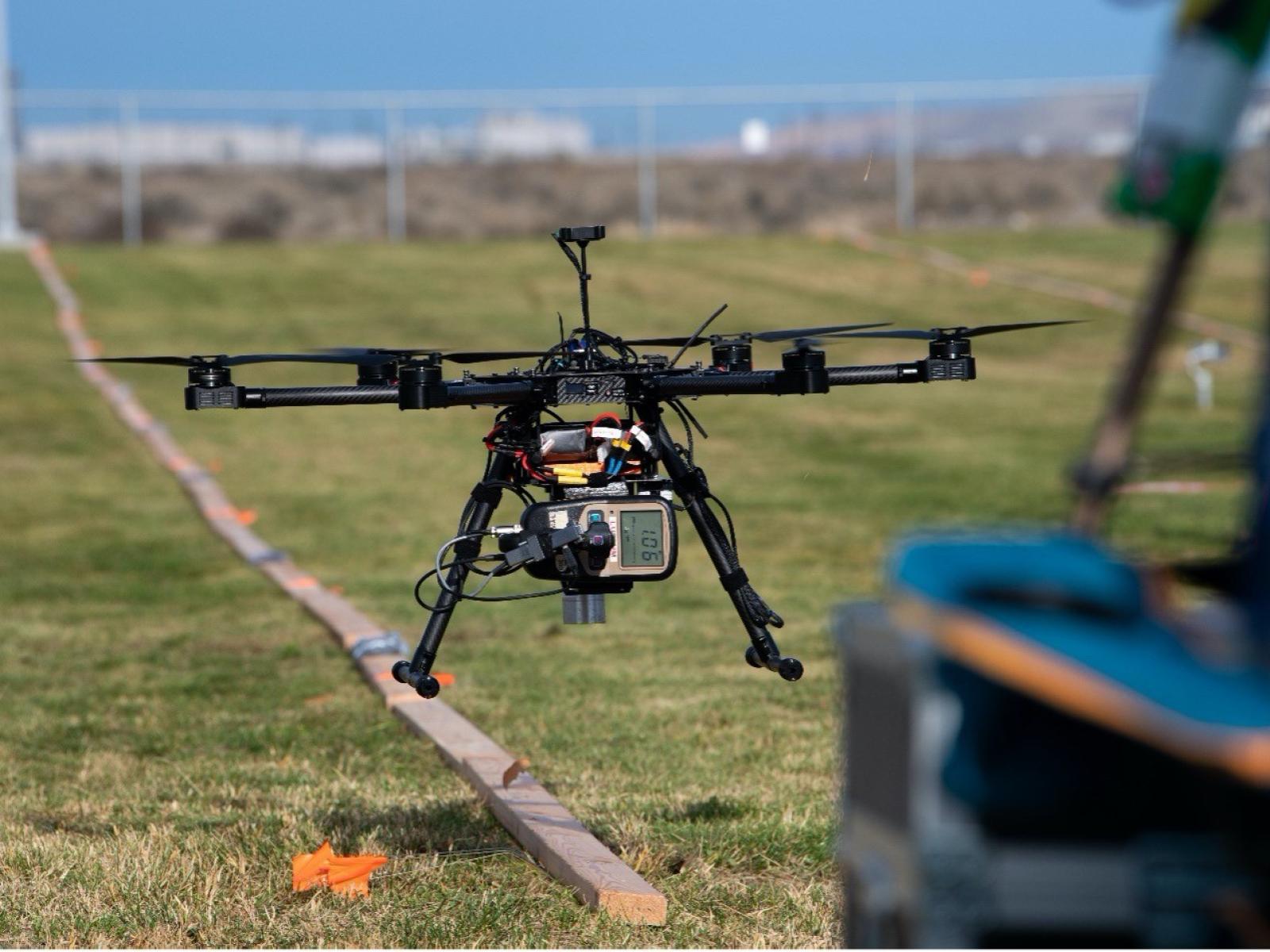
Drones Fly Low and Slow for Radiation Detection
Unoccupied aerial vehicles, better known as drones, have rapidly advanced from a quirky, high-flying novelty to a versatile workhorse.
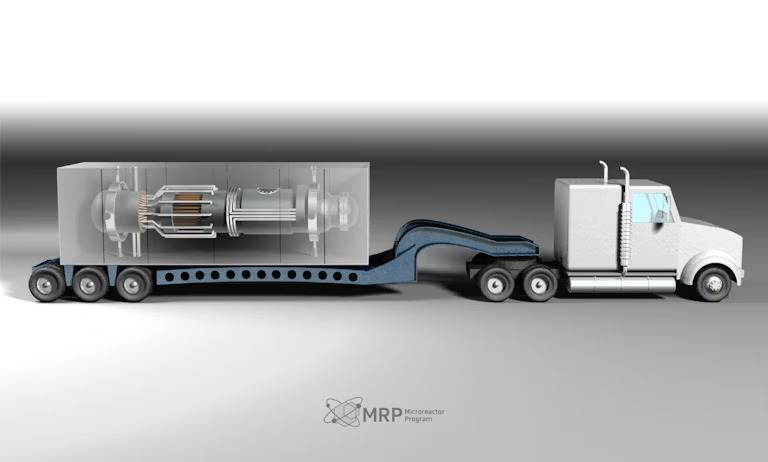
New Study Examines US Markets for Microreactors
Developers seeking to deploy advanced nuclear reactors can find high market potential in states with energy-intensive industries, nuclear-friendly laws, and widespread social acceptance – factors outlined in a new report by researchers at Idaho National Laboratory (INL).
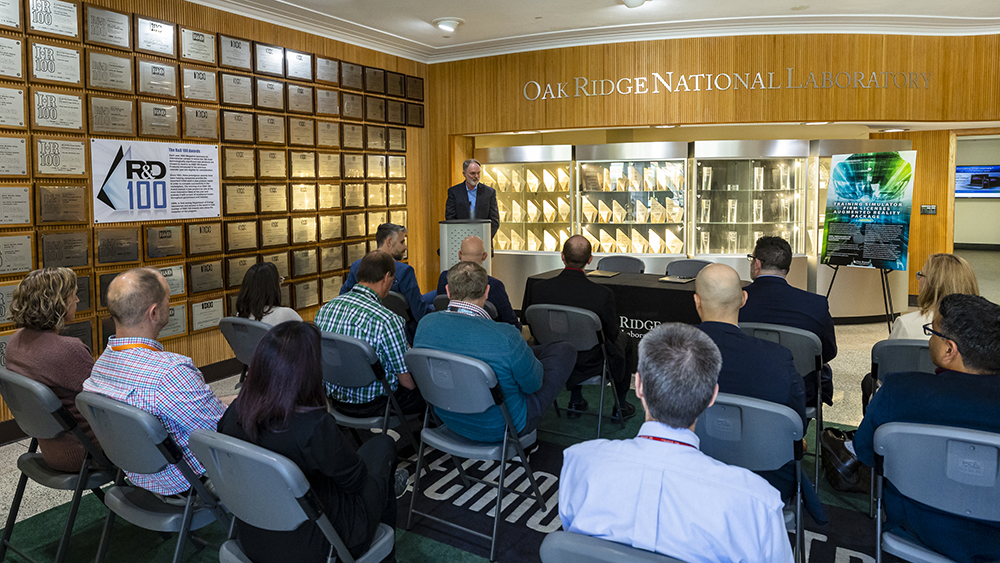
Teletrix licenses methods for ionizing radiation training using augmented reality
A method using augmented reality to create accurate visual representations of ionizing radiation, developed at the Department of Energy’s Oak Ridge National Laboratory, has been licensed by Teletrix, a firm that creates advanced simulation tools to train the nation’s radiation control workforce.
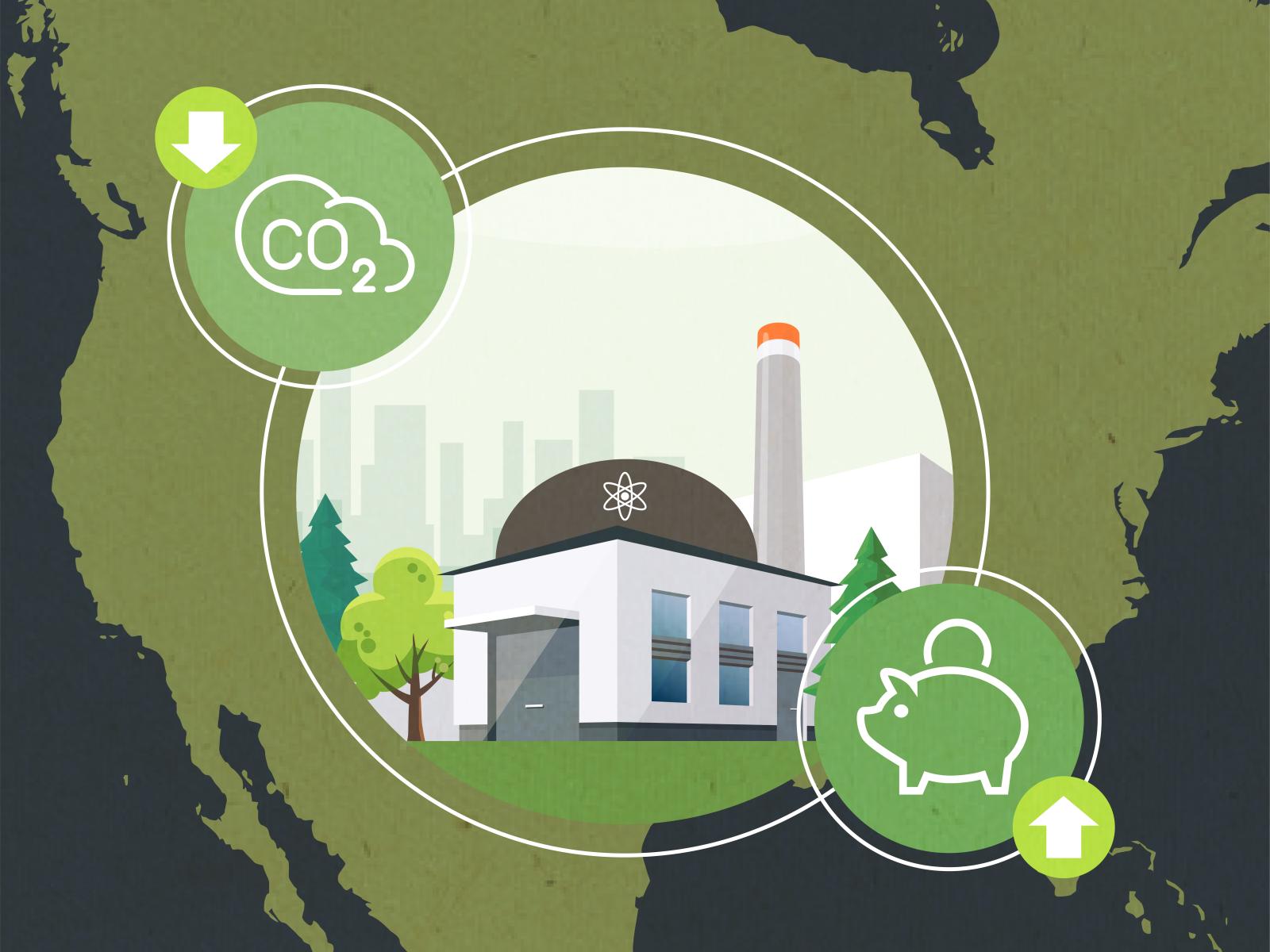
Sustaining U.S. Nuclear Power Plants Could be Key to Decarbonization
As the world races to discover solutions for reaching net zero carbon emissions, a PNNL analysis quantifies the economic value of the existing nuclear power fleet and its carbon-free energy contributions.
First-of-a-Kind Technology: INL Demonstrates Mobile Hot Cell for Radioactive Source Recovery
A crowd gathers around a black wooden box that resembles a short refrigerator, waiting for the motion of a pair of robotic arms sitting just outside the box.
Study: Shutting down nuclear power could increase air pollution
Nearly 20 percent of today’s electricity in the United States comes from nuclear power. The U.S. has the largest nuclear fleet in the world, with 92 reactors scattered around the country. Many of these power plants have run for more than half a century and are approaching the end of their expected lifetimes.
FROM ATOMS TO EARTHQUAKES TO MARS: HIGH-PERFORMANCE COMPUTING A SWISS ARMY KNIFE FOR MODELING AND SIMULATION
At Idaho National Laboratory, computational scientists use INL’s supercomputers to perform “virtual experiments” to accomplish research that couldn’t be done by conventional means. While supercomputing can’t replace traditional experiments, supercomputing is an essential component of all modern scientific discoveries and advancements.
Meet the INL experts supporting TerraPower’s advanced reactor development
The city of Kemmerer, Wyoming, home to a coal-fired power plant that is slated for retirement in 2025, has found itself in the spotlight as the center of a new kind of clean energy project.
ORNL to receive three awards from Federal Laboratory Consortium
A regional partnership that aims to attract nuclear energy-related firms to Oak Ridge, Tennessee, has been recognized with a state and local economic development award from the Federal Laboratory Consortium.
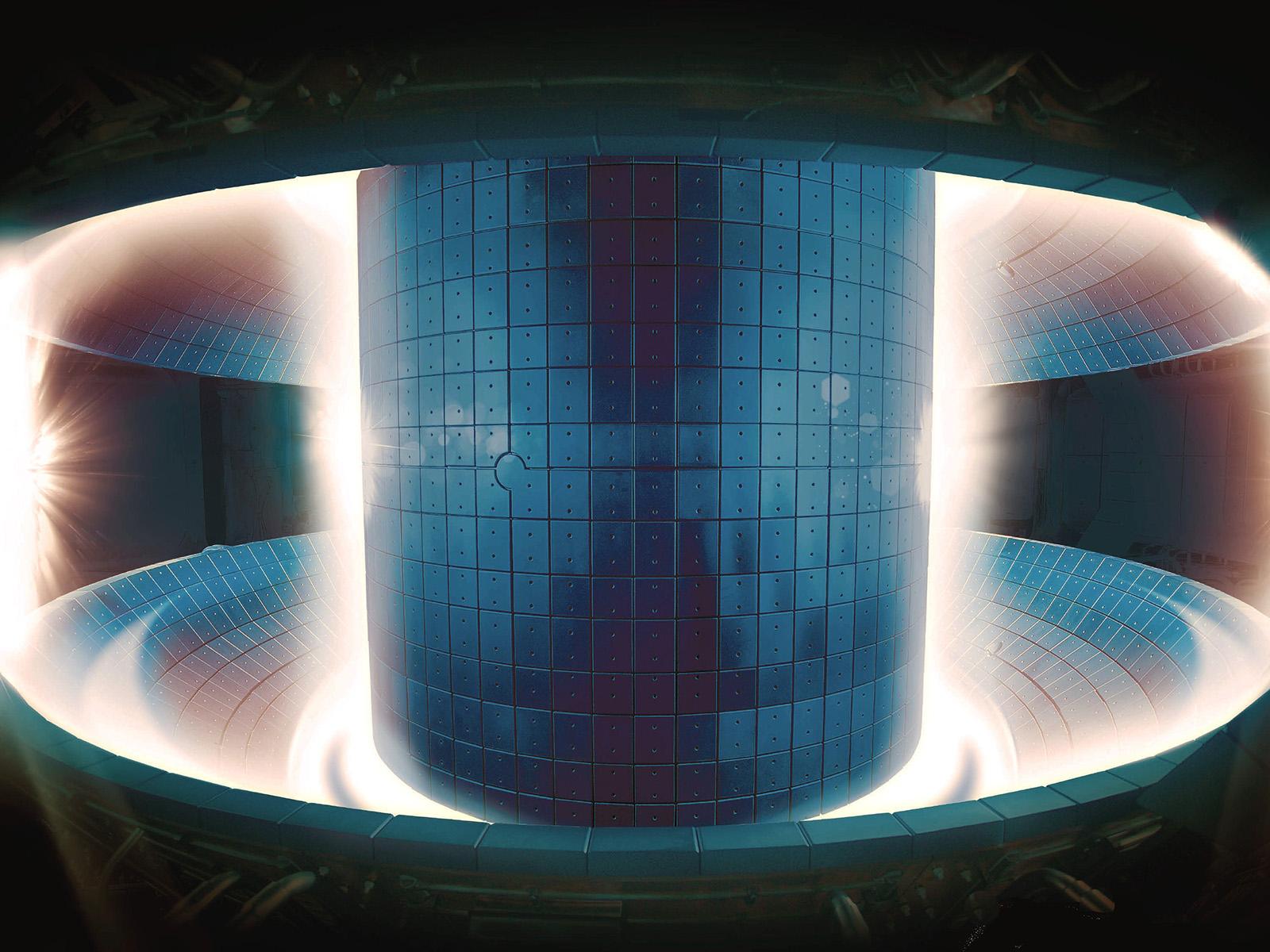
Metal Alloys to Support to Nuclear Fusion Energy
Tungsten heavy alloys show promise for nuclear fusion energy development, according to new research conducted at PNNL.
Listening to the people results in a more sustainable future energy system
As policymakers around the world aim to cut carbon emissions and meet climate goals, new research points to a critical group whose opinions could help to shape energy planning for the better: the consumers.
Underground tests dig into how heat affects salt-bed repository behavior
Scientists from Sandia, Los Alamos and Lawrence Berkeley national laboratories have just begun the third phase of a years-long experiment to understand how salt and very salty water behave near hot nuclear waste containers in a salt-bed repository.Salt’s unique physical properties can be used to provide safe disposal of radioactive waste, said Kristopher Kuhlman, a Sandia geoscientist and technical lead for the project.
Not so Basic: Advances in pH and Phosphate Monitoring Enhance Safety in Nuclear Fuel Recycling
Two PNNL interns are behind recent innovation in real-time testing and continuous monitoring for pH and the concentration of chemicals of interest in chemical solutions; outcomes have applicability not only to nuclear, but to industries.
Researchers “Watch” Molten Salts Carve Tiny Nooks and Tunnels into Metal Alloys in 3D
A multidisciplinary team of scientists has used the National Synchrotron Light Source II (NSLS-II), a U.S. Department of Energy (DOE) Office of Science User facility located at the DOE’s Brookhaven National Laboratory, to investigate how high-temperature molten salts corrode metal alloys.
Toward Scaling Up Nanocages to Trap Noble Gases
Commercially available materials may be a potentially scalable platform for trapping gases for nuclear energy and other applications.
Extending nuclear power accident code for advanced reactor designs
A number of new nuclear reactor designs, such as small modular reactors and non-light water reactors, have been developed over the past 10 to 15 years. In order to help the Nuclear Regulatory Commission evaluate the safety of the next generation of reactors, fuel cycle facilities and fuel technologies, researchers at Sandia National Laboratories have been expanding their severe accident modeling computer code, called Melcor, to work with different reactor geometries, fuel types and coolant systems.
Nuclear reactor components 3D printed by ORNL now installed at TVA Browns Ferry nuclear plant
Four first-of-a-kind 3D-printed fuel assembly brackets, produced at the Department of Energy’s Manufacturing Demonstration Facility at Oak Ridge National Laboratory, have been installed and are now under routine operating conditions at the Tennessee Valley Authority’s Browns Ferry Nuclear Plant Unit 2 in Athens, Alabama.
People of Argonne’s history: A look at leaders who made Argonne what it is today
Since its founding, Argonne has employed and partnered with innovators whose contributions have dramatically pushed the frontiers of our understanding and improved the world.
Energy Technologies Move Closer to Commercial Use
Federal and industry-matched funding will move 11 PNNL technologies closer to commercialization where they will help bolster U.S. competitiveness.
Decisions, Decisions: Climate Change and Water
PNNL’s Framework for Assessment of Complex Environmental Tradeoffs (FACET) is designed to navigate and rigorously evaluate competing environmental, economic, and social impacts to help make decisions more equitable. In an example scenario prepared using publicly available data, FACET was applied to predict tradeoffs facing the Colorado River and to balance competing demands of river flow and temperature, along with withdrawals for cities, crop irrigation, and power generation.
Small Modular Reactors Competitive in Washington’s Clean Energy Future
A new report finds small modular reactors could provide competitively priced electricity in Washington state’s future electricity market.
Recycling Gives New Purpose to Spent Nuclear Fuel
PNNL researchers developed an innovative capability to rapidly separate, monitor, and tightly control specific uranium and plutonium ratios in real-time—an important achievement in efficiently controlling the resulting product and safeguarding nuclear material.
HOW MANY COUNTRIES ARE READY FOR NUCLEAR-POWERED ELECTRICITY?
A new study in the journal Risk Analysis suggests that countries representing more than 80 percent of potential growth in low-carbon electricity demand—in Asia, the Middle East, and North Africa—may lack the economic or institutional quality to deploy nuclear power to meet their energy needs. The authors suggest that if nuclear power is to safely expand its role in mitigating climate change, countries need to radically improve their ability to manage the technology.

Environmental Justice Fueled by Social Science, Engagement
For a quarter century, PNNL has played a pivotal role in assessing environmental justice related to energy siting. The Lab partners with agencies to identify and engage minority, low-income, or other historically disadvantaged populations in regulatory decision-making for large, complex federal projects.
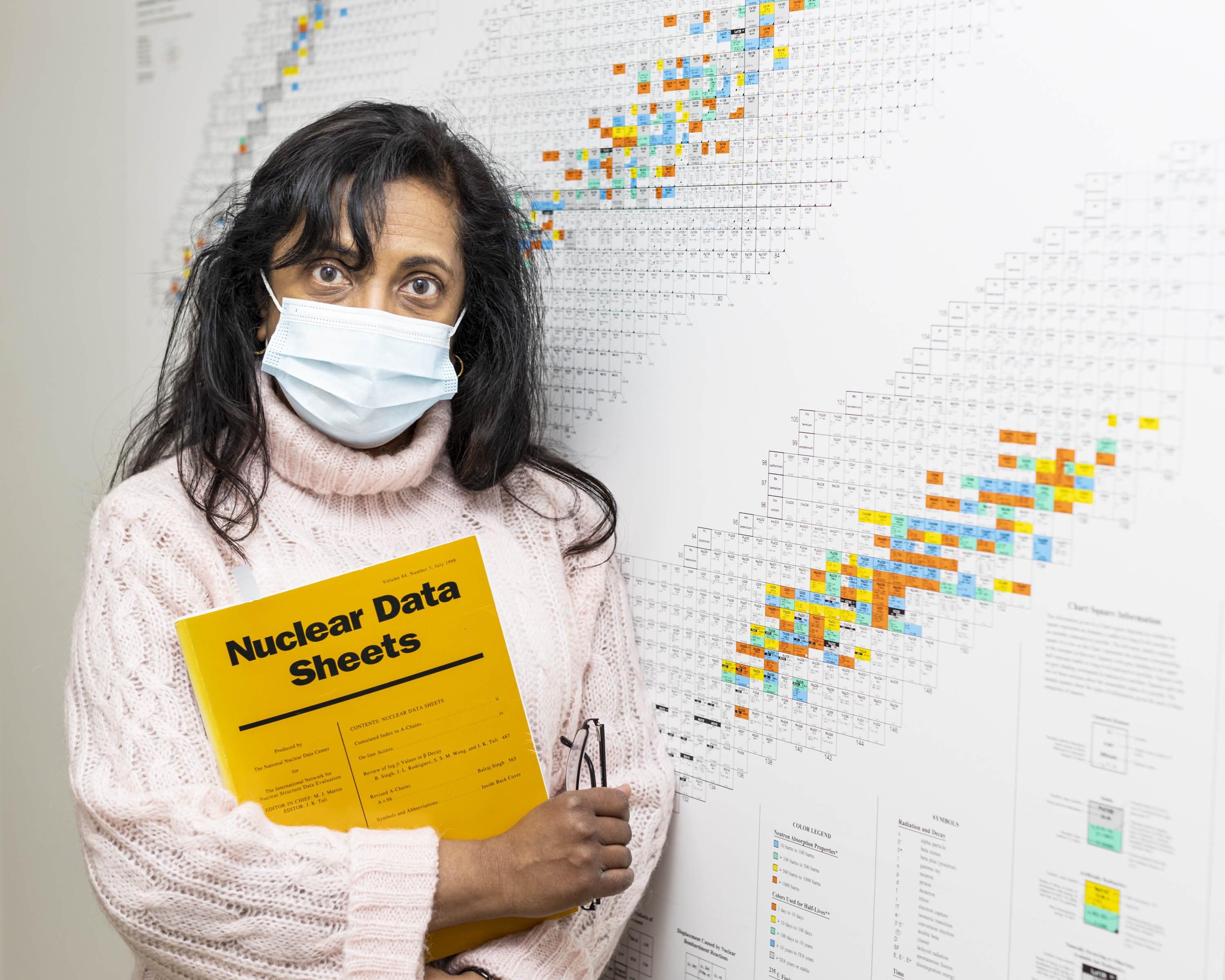
Caroline Nesaraja: Providing nothing but the best nuclear data
Nuclear physicist Caroline Nesaraja of the Department of Energy’s Oak Ridge National Laboratory evaluates nuclear data. Her work ensures that the scientific community has the best nuclear data for fundamental research and applications including medical isotopes, nuclear energy and national and international security.
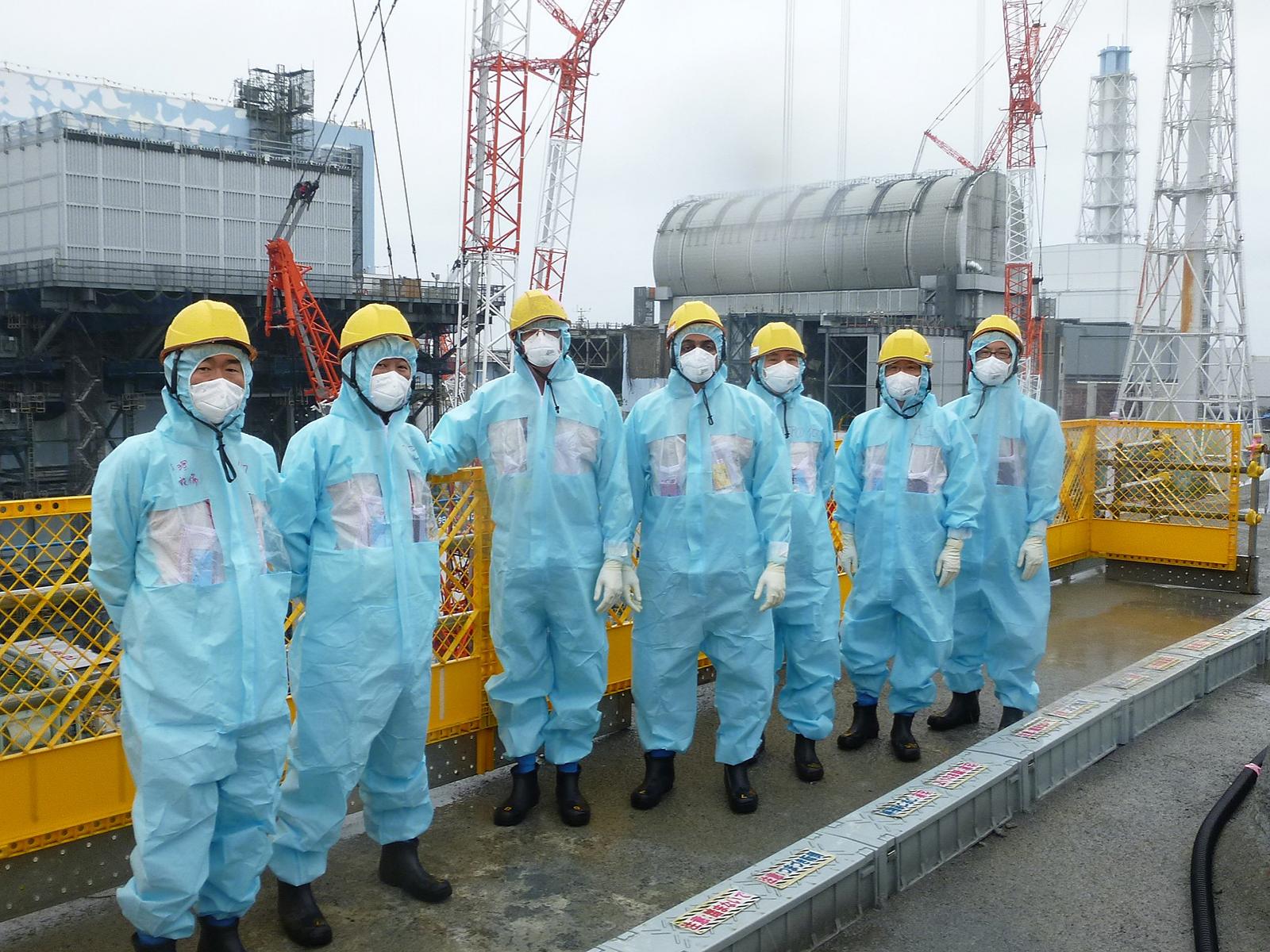
Radiation Knows No Bounds—but Builds Strong Bonds Between Two Communities
On the looming 10th anniversary of the Fukushima disaster at the Daiichi Power Station in Japan, PNNL looks back at the science and solidarity it has shared with Fukushima and its nuclear cleanup effort.
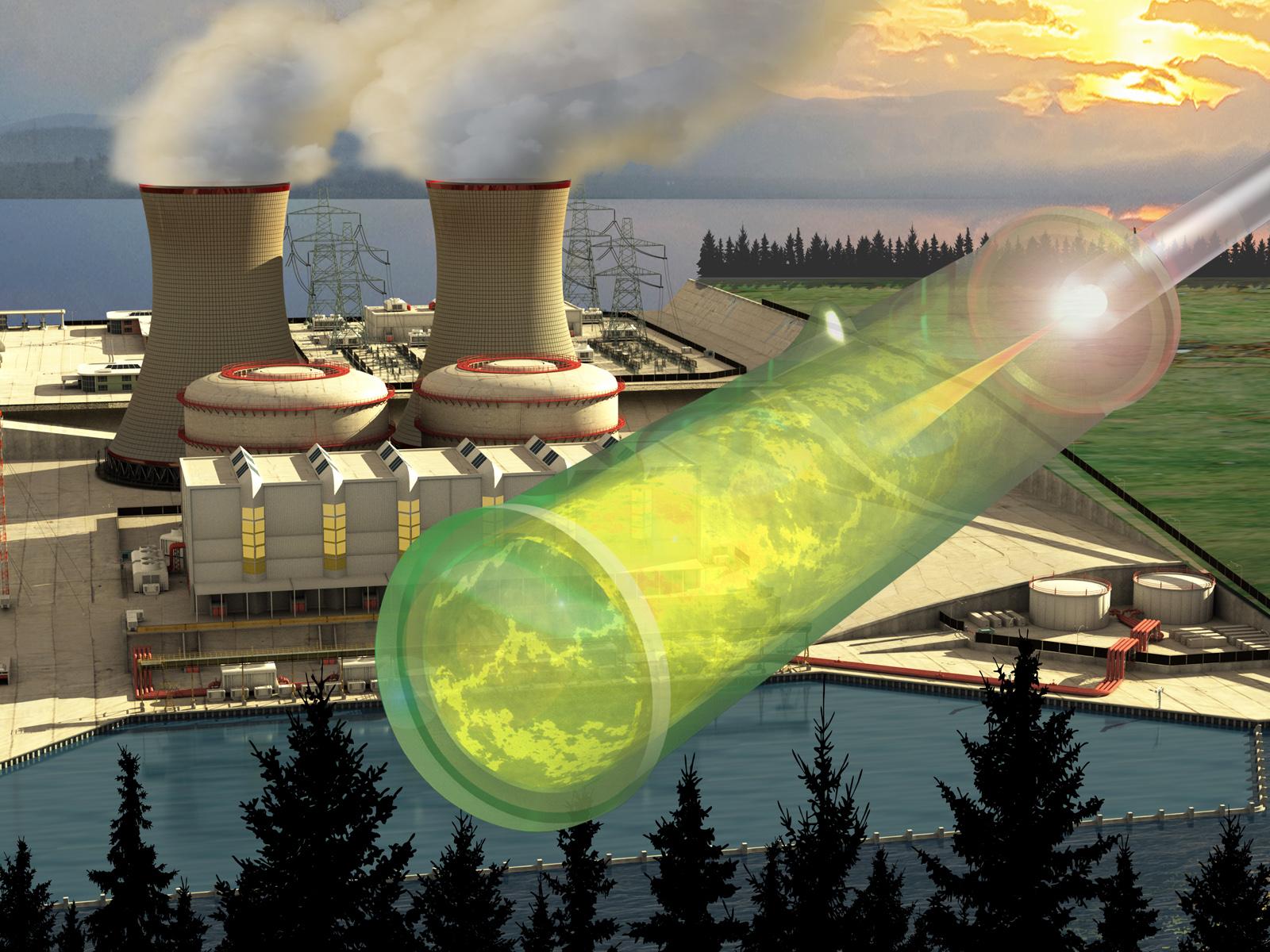
Real-Time Monitoring Tool Speeds Up Advanced Nuclear Reactor Development
Innovative technology combines continuous, remote, real-time testing and monitoring of byproduct gasses, paving the way for faster advanced reactor development and testing.
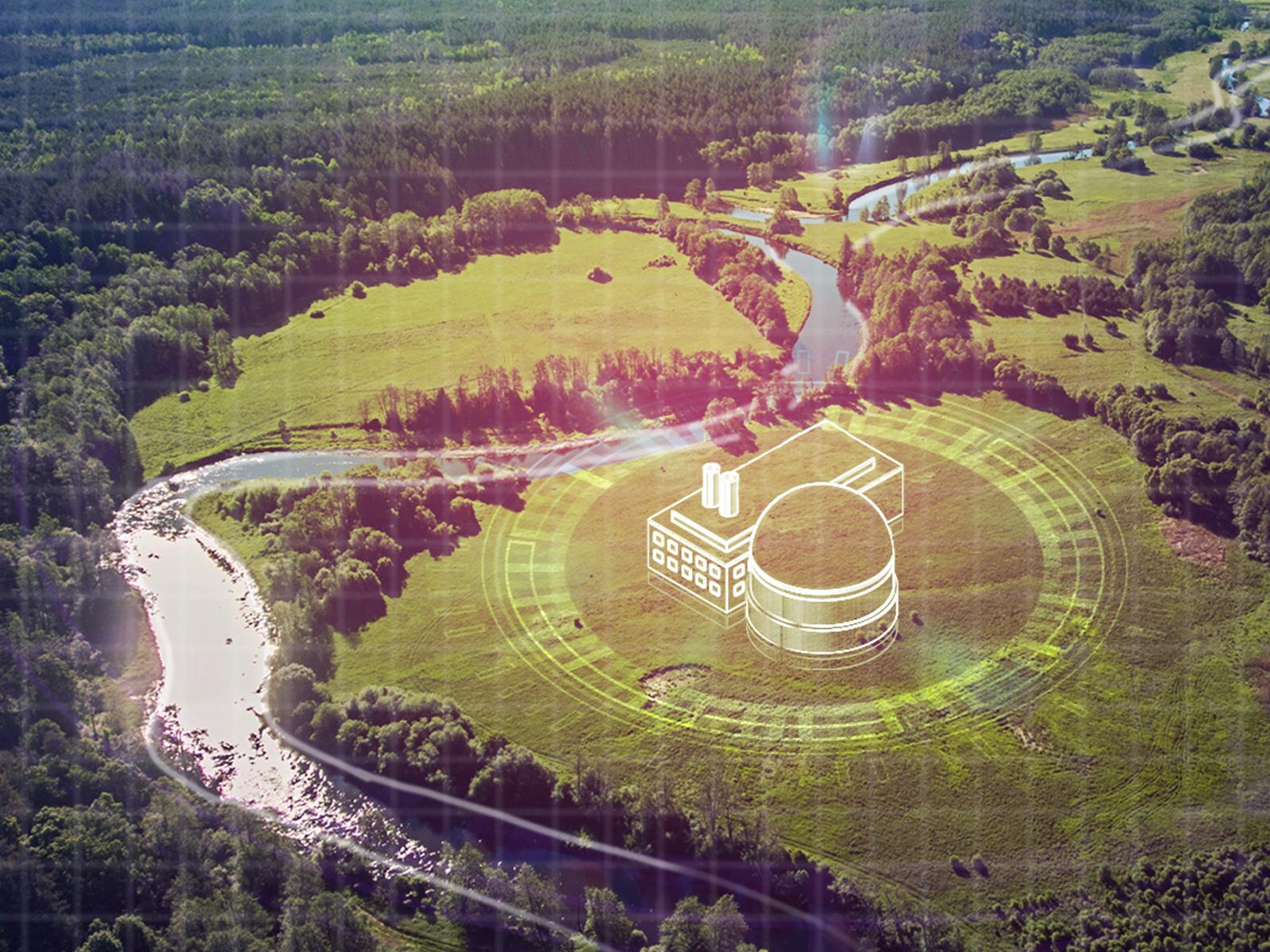
A Faster Path to Carbon-Free Power
PNNL streamlines environmental review process for advanced reactors, saving years and millions of dollars toward deployments of new nuclear power projects.
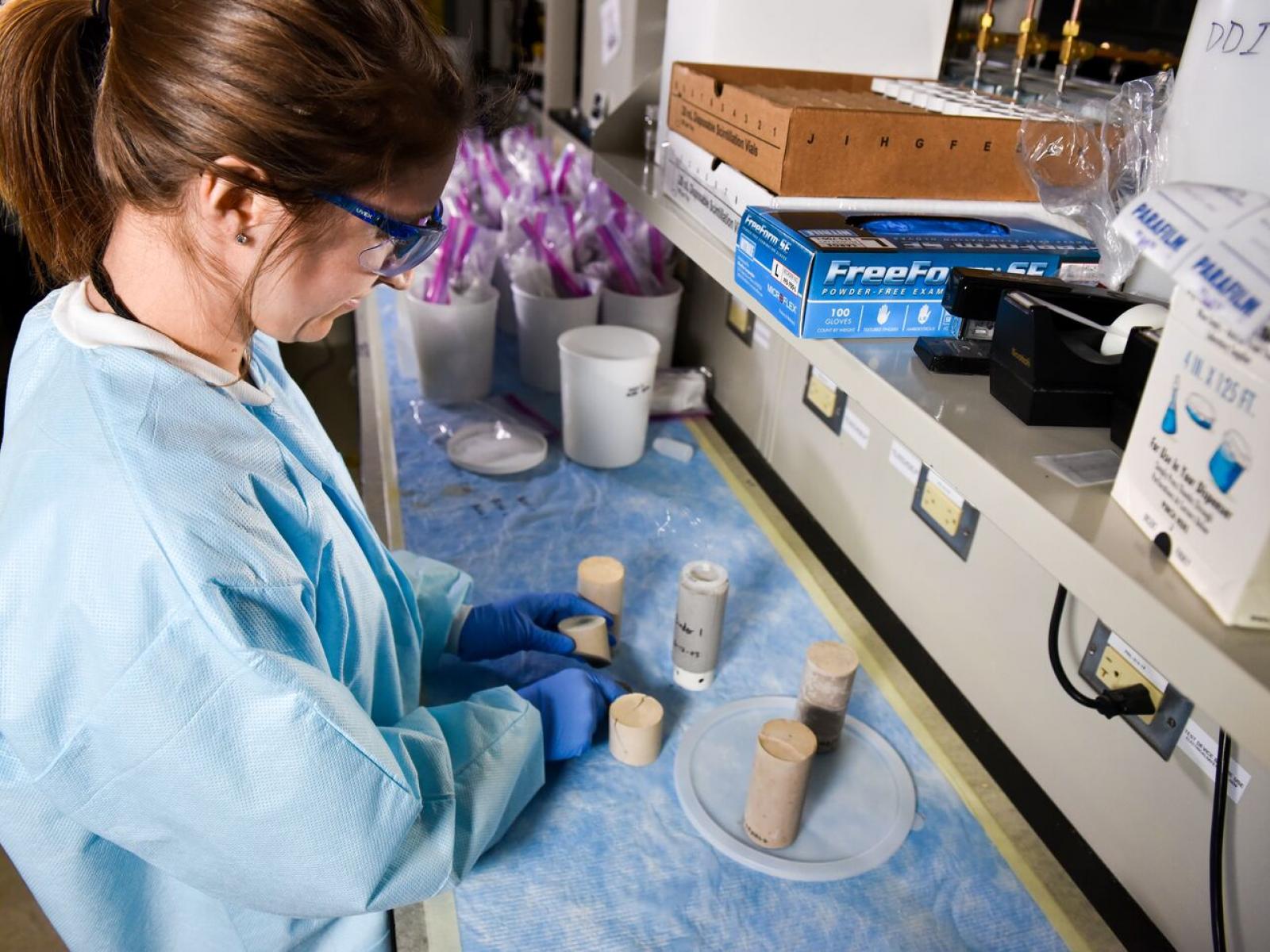
Ettringite Cements Its Potential
Ettringite, a mineral found in cement, can latch on to and detain the wily and worrisome radioactive contaminant, pertechnetate.
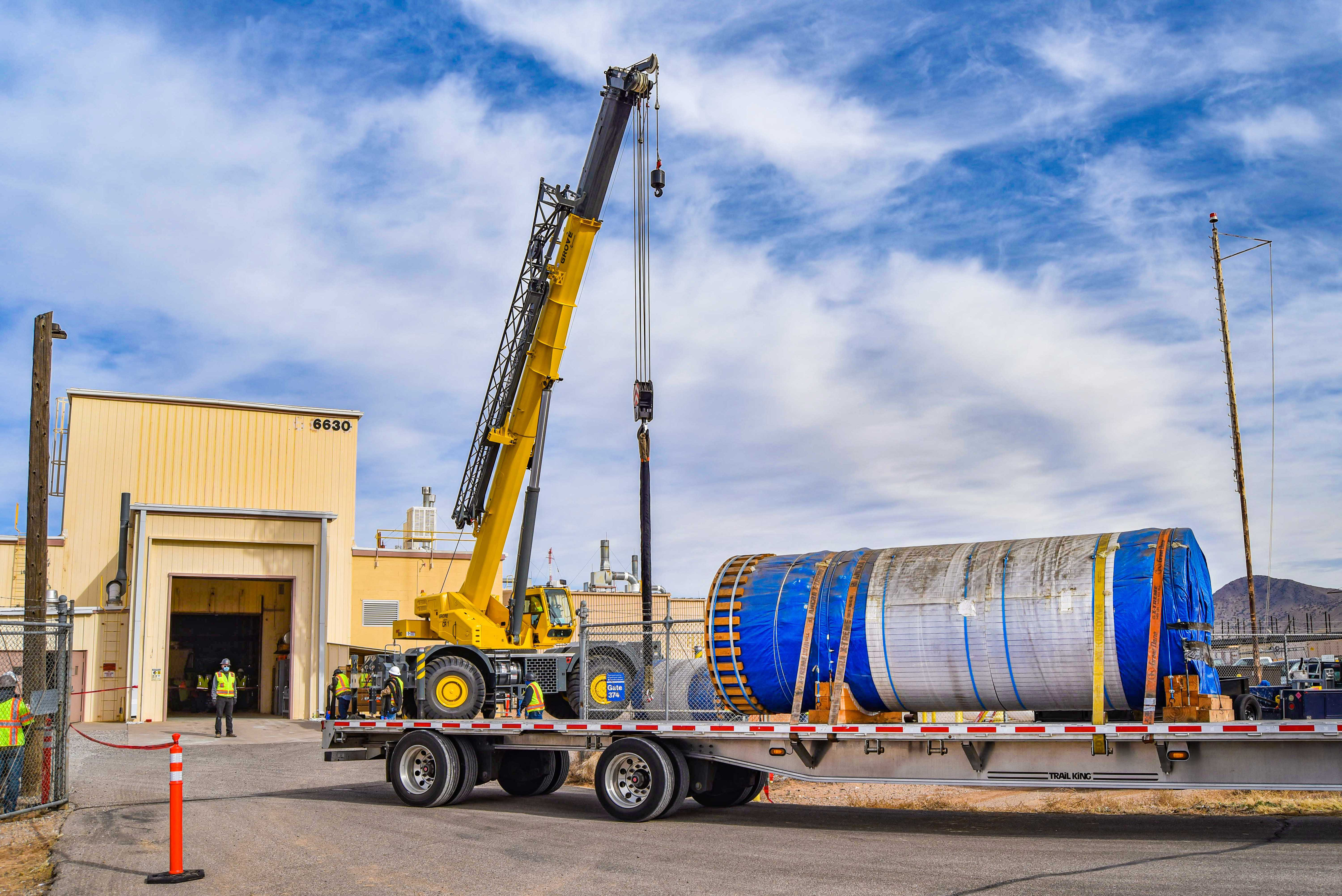
Sandia to put nuclear waste storage canisters to the test
Sandia National Laboratories is outfitting three 22.5-ton, 16.5-feet-long stainless-steel storage canisters with heaters and instrumentation to simulate nuclear waste so researchers can study their durability. The three canisters, which arrived in mid-November and have never contained any nuclear materials, will be used to study how much salt gathers on canisters over time. Sandia will also study the potential for cracks caused by salt- and stress-induced corrosion with additional canisters that will be delivered during the next stage of the project.
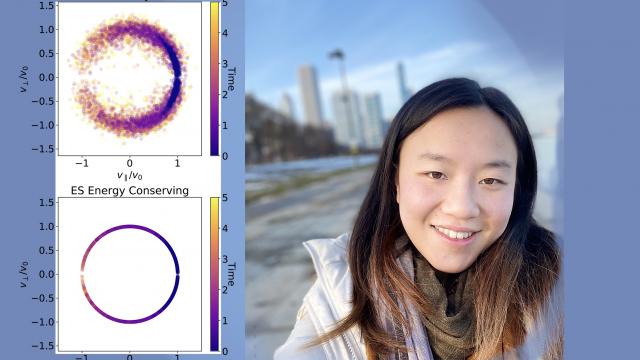
Advancing the arrival of fusion energy through improved understanding of fast plasma particles
PPPL scientists have developed a unique program to track the zig-zagging dance of hot, charged plasma particles that fuel fusion reactions.

PNNL Technologies Garner Six R&D 100 Honors
A shoe scanner that would allow people to keep on their footwear as they pass through airport security and a cement that repairs itself are among five PNNL R&D 100 Award recipients. PNNL now has garnered a total of 116 since the program’s inception.
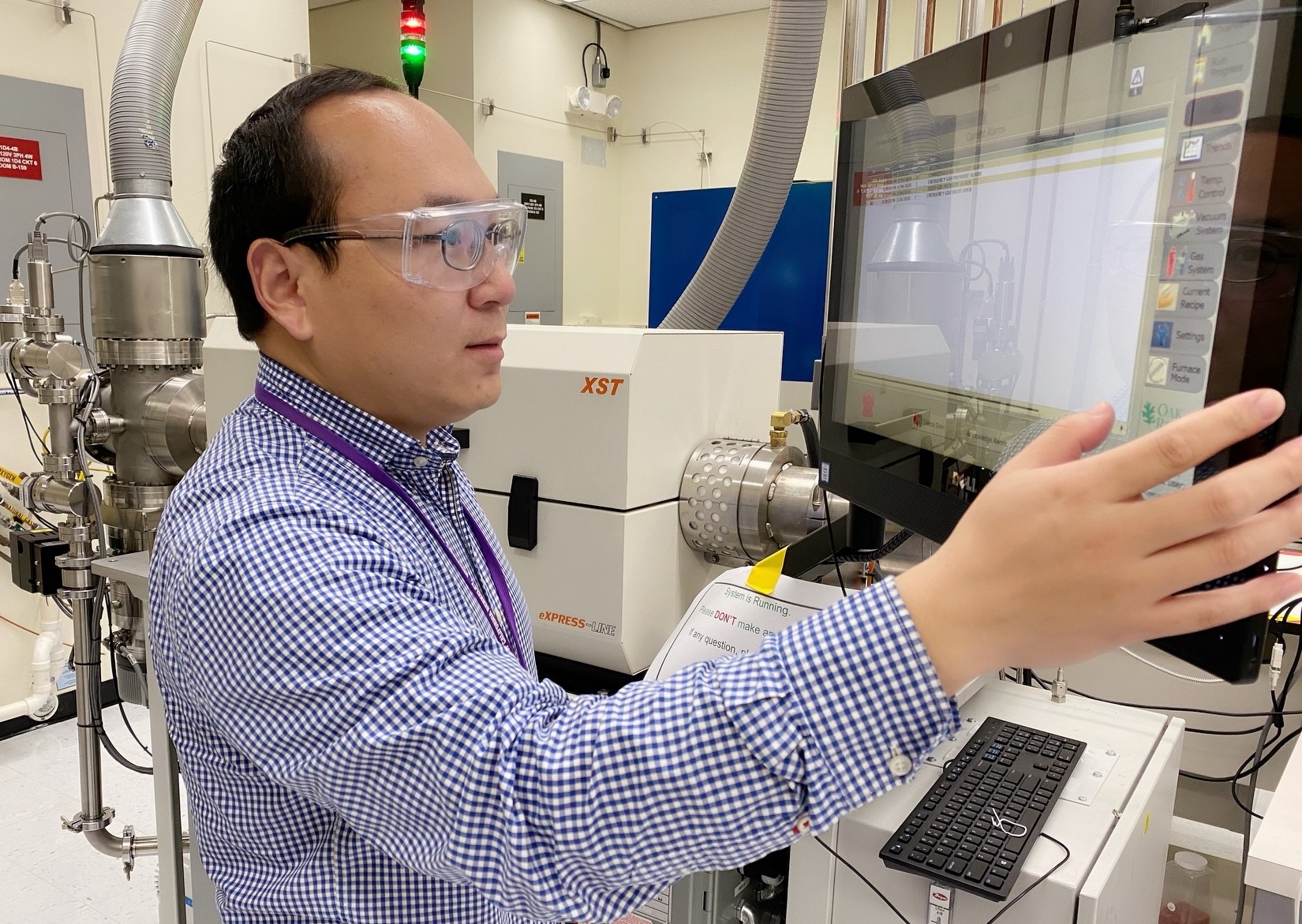
Fast fabrication: ORNL develops, produces metal hydride for moderator in 3D-printed reactor
Researchers thought yttrium hydride would be an ideal moderator for the new Transformational Challenge Reactor, but no one had yet figured out how to produce the large, crack-free pieces needed. An ORNL scientist developed a process and invented a machine to do that.
Fundamental Exploration Into Future Clean Energy Technologies Receives DOE Support
The U.S. Department of Energy recently awarded $65 million in grants to support research that will advance safe, reliable, and clean nuclear energy. Among those projects are two led by Rensselaer Polytechnic Institute, which received a combined total of $1.2 million.
Brookhaven and Forge Nano to Mature Noble Gas-Trapping Technology
Through DOE’s Technology Commercialization Fund, the national lab-startup team will develop “nanocages” for nuclear applications.
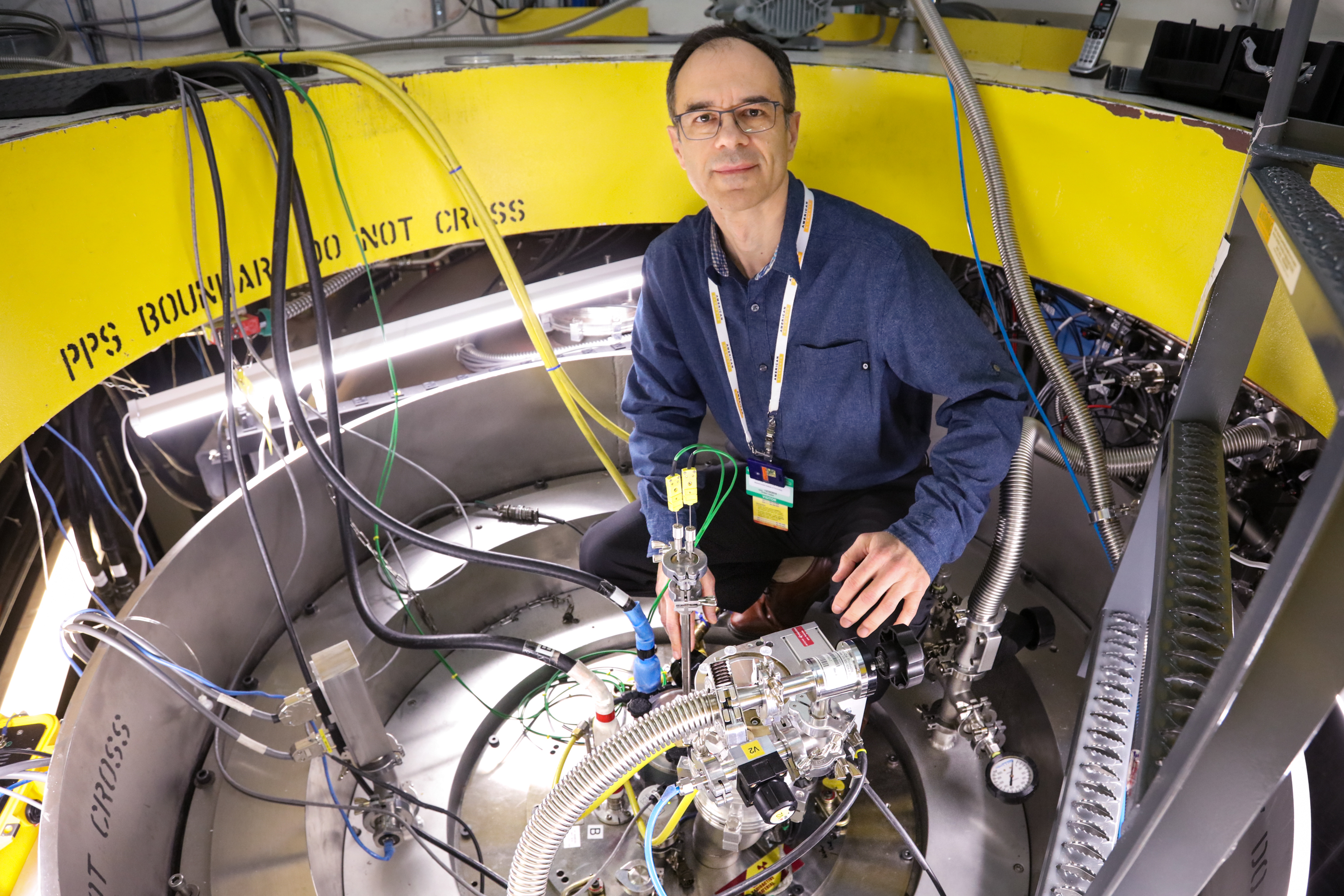
Molten salt solutions may supply scientists with new insights into nuclear energy
Molten salt reactors could become a cornerstone of nuclear energy. Researchers at MIT are using neutron scattering at ORNL to better understand how salt solutions behave in nuclear environments. Modeling those behaviors could lead to significant gains in commercializing molten salt reactors for carbon-free power production.
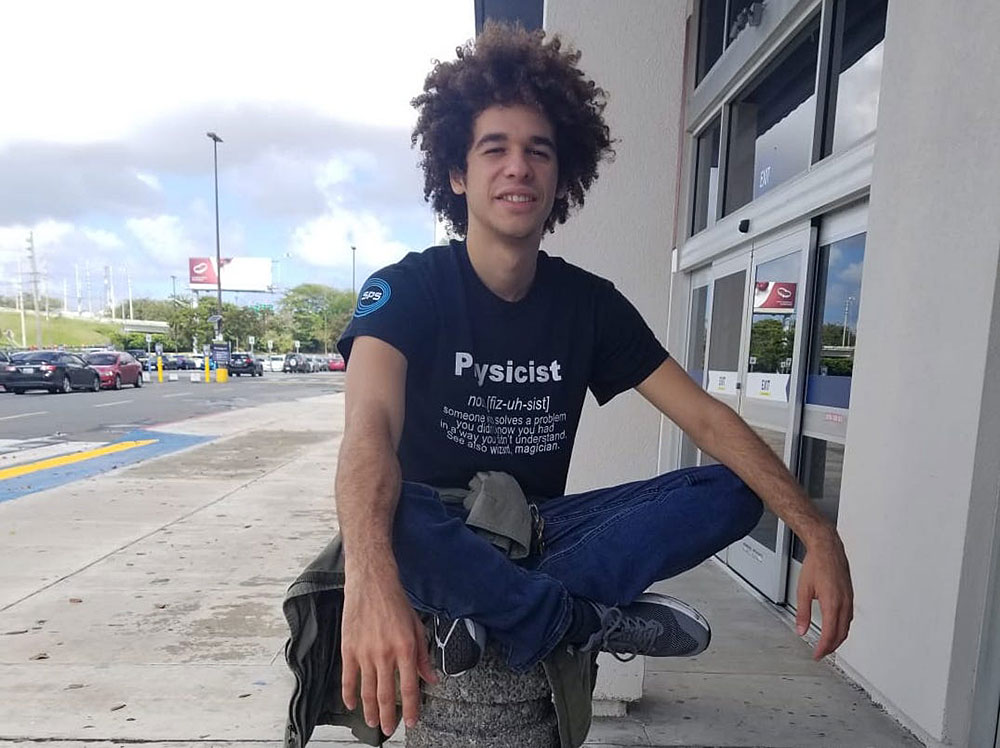
A Fresh Pair of Eyes On an Old Nuclear Physics Problem
As an intern for the National Nuclear Data Center, Pedro Rodríguez is working to resolve a 70-year-old problem in nuclear physics. He and his mentor are figuring out a way to simplify one of the steps for ensuring nuclear reactors can be modeled correctly.

3D-printed nuclear reactor promises faster, more economical path to nuclear energy
Researchers at the Department of Energy’s Oak Ridge National Laboratory are refining their design of a 3D-printed nuclear reactor core, scaling up the additive manufacturing process necessary to build it, and developing methods to confirm the consistency and reliability of its printed components.
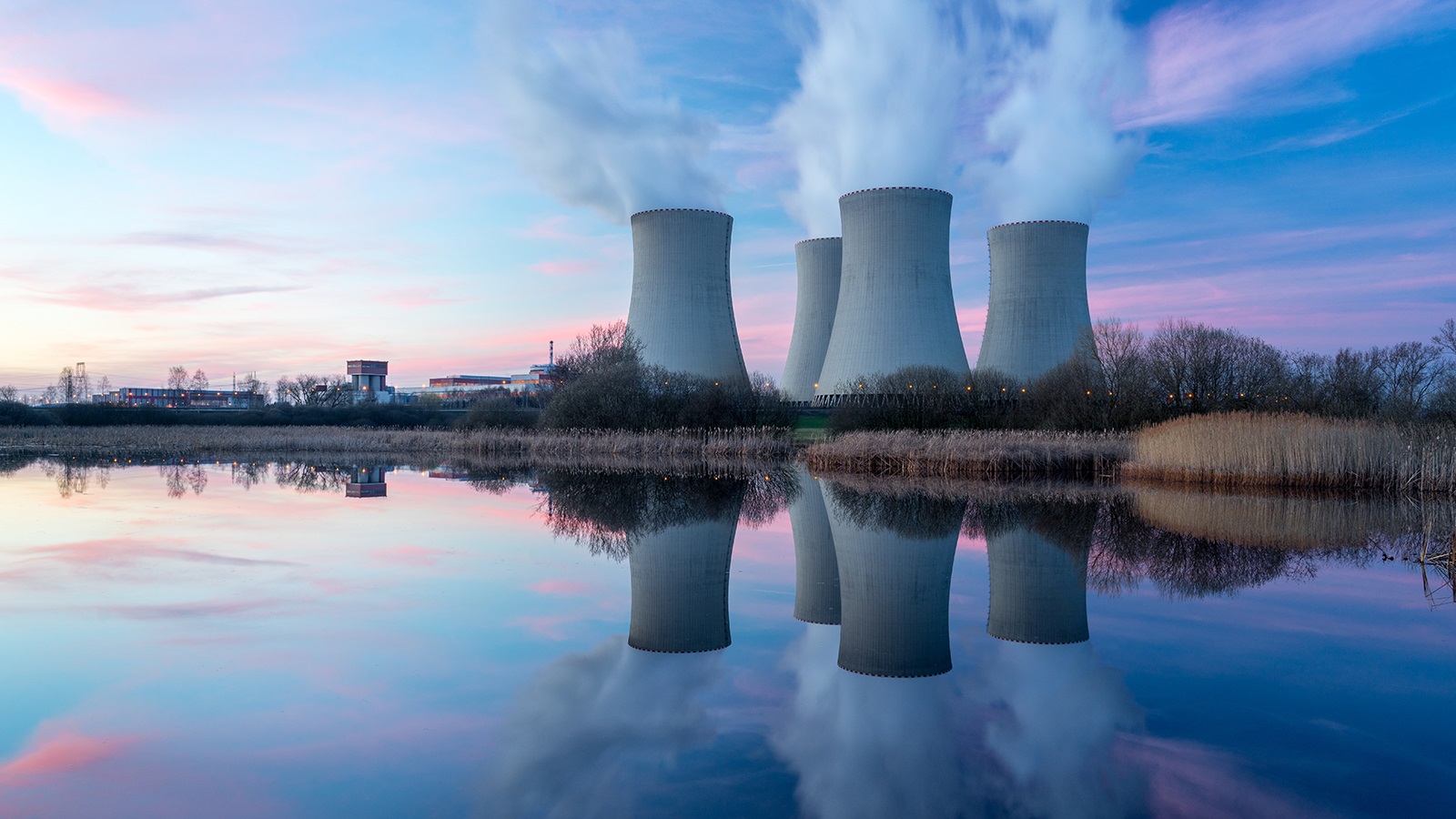
Argonne uses artificial intelligence to improve the safety and design of advanced nuclear reactors
Argonne scientists and engineers are looking toward AI — specifically, machine learning — to help us better understand the mechanics that govern nuclear reactors.

VERA nuclear reactor simulation software licensed commercially for first time
A software package, 10 years in the making, that can predict the behavior of nuclear reactors’ cores with stunning accuracy has been licensed commercially for the first time.

ORNL, TVA sign agreement to collaborate on advanced reactor technologies
The U.S. Department of Energy’s Oak Ridge National Laboratory and the Tennessee Valley Authority have signed a memorandum of understanding to evaluate a new generation of flexible, cost-effective advanced nuclear reactors.
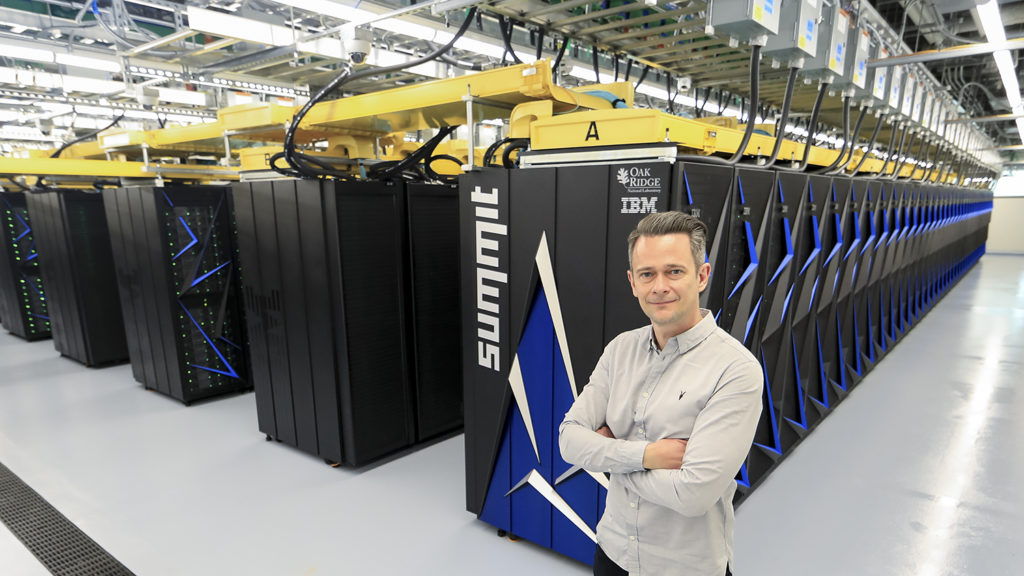
Gaute Hagen
Profiled is physicist Gaute Hagen of the Department of Energy’s Oak Ridge National Laboratory, who runs advanced models on powerful supercomputers to explore how protons and neutrons interact to “build” an atomic nucleus from scratch.

Knowledgebase is power for nuclear reactor developers
Six new nuclear reactor technologies are planned to commercially deploy between 2030 and 2040. ORNL’s Weiju Ren heads a project managing structural materials information. This conversation explores challenges and opportunities in sharing nuclear materials knowledge internationally.

Radioactive tadpoles reveal contamination clues
Tadpoles can be used to measure the amount of radiocesium, a radioactive material, in aquatic environments, according to new research from University of Georgia scientists. Whether from nuclear accidents, global fallout from weapons testing, or production of nuclear energy, tadpoles…